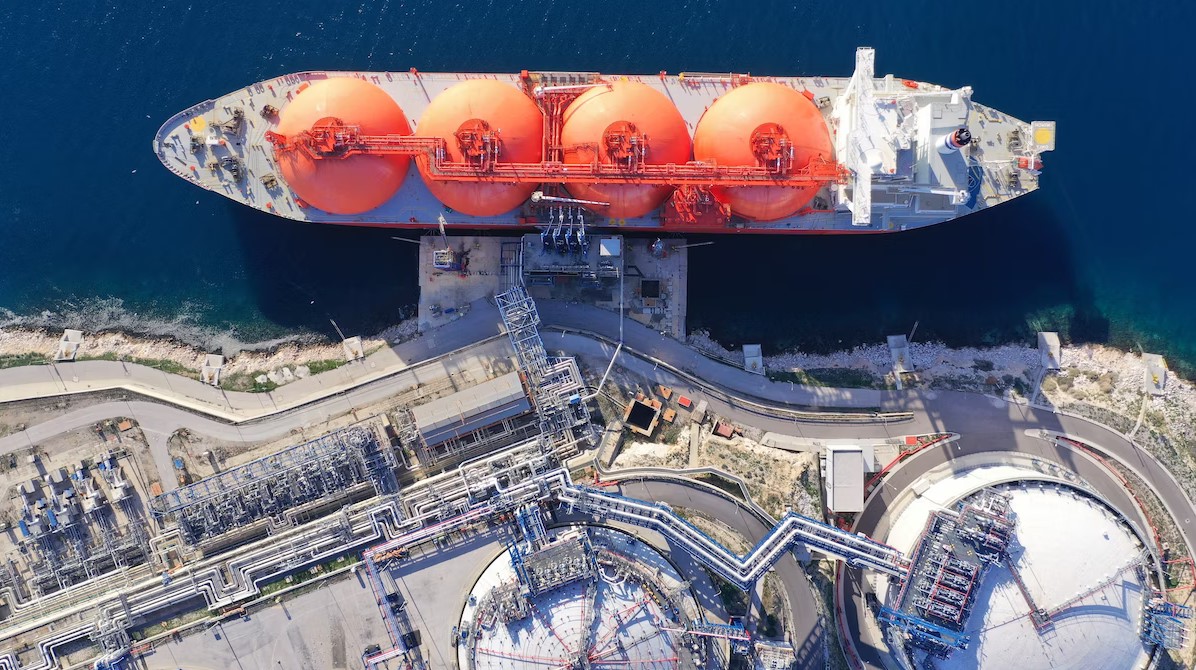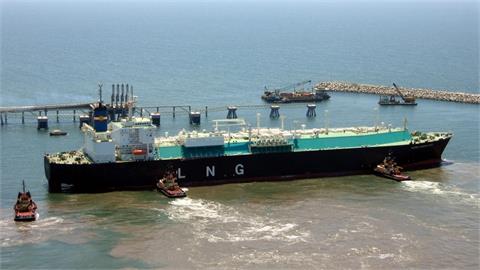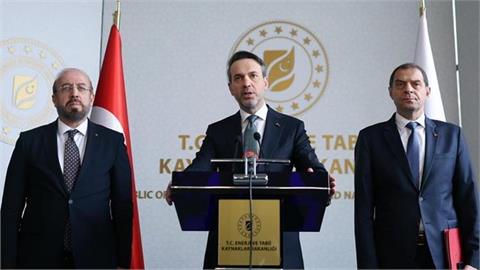Demand is rebounding as a result of expected colder weather and lower prices, IEA’s latest Gas Market Report says, but limited new LNG production means supply will remain tight.
Growth in global gas demand is set to pick up this year due to colder winter temperatures and easing prices, with emerging economies leading the increase in consumption, but geopolitical risks and supply-side concerns could trigger renewed price volatility, according to the IEA’s latest Gas Market Report.
In 2023, global gas demand rose by just 0.5%, as growth in China, North America and gas-rich countries in Africa and the Middle East was partially offset by declines in other regions. As pandemic restrictions loosened and economic activity returned, China regained its position as the world’s largest LNG importer (although China’s LNG imports in 2023 were still below 2021 levels) as natural gas demand grew by 7%. In contrast, natural gas consumption in Europe fell by 7%, reaching its lowest level since 1995. This decline was compounded by the rapid expansion of renewables and an increased availability of nuclear power weighing on natural gas demand in both Europe and mature markets in Asia, driving prices lower.
In 2024, global gas demand is forecast to grow by 2.5%, or 100 billion cubic metres (bcm). Expected colder winter weather in 2024, compared with the unusually mild temperatures experienced in 2023, is likely to bring increasing demand for space heating in residential and commercial sectors. Natural gas prices have fallen sharply following the record highs seen in 2022, which is also supporting the recovery in gas demand. While prices remain well above historical averages, demand in price-sensitive industrial sectors will see a return to growth, according to the report. In power generation, gas use is forecast to increase only marginally, as higher gas burn in the Asia Pacific region, North America and the Middle East is forecast to be partly offset by reduced demand in Europe.
On the supply side, gas availability remained relatively tight in 2023, as the increase in global LNG production fell short of expectations. As such, production growth was not sufficient to offset the continued decline of Russian piped gas deliveries to Europe. The growth in supply was also highly concentrated geographically, with the United States becoming the world’s largest LNG exporter, accounting for 80% of additional LNG supply in 2023.
With supply forecast to be tight again in 2024, a limited increase in global LNG output is expected to restrain demand growth, notably for Europe and the mature markets of Asia. LNG supplies are expected to grow by 3.5% this year – well below the 8% growth rate experienced between 2016-20 – as delays in new liquefaction plants and issues surrounding the availability of feedgas at existing projects could push back supply growth to 2025. Growing demand and tight supply could significantly contribute to price fluctuations throughout the year.
“The global gas market is entering a new period as the world gradually emerges from an energy crisis that had profound impacts on both the supply and demand sides,” said Keisuke Sadamori, IEA Director of Energy Markets and Security. “We expect to see solid growth in global gas demand this year as prices have come down to relatively manageable levels. But the speed at which this new demand can be met will be critical, particularly as supplies are tight and substantial new LNG capacity will only come online after 2024.”
Geopolitical uncertainties are the biggest risk factor for global gas markets in 2024, according to the report. Russia’s invasion of Ukraine, heightened tensions in the Middle East and concerns over deliberate interference with critical infrastructure such as pipelines all have the potential to generate further volatility. In 2023, policy measures and new regulations in key import markets were introduced with a focus on affordability and security of supply. The European Union launched its Joint Gas Purchasing mechanism; Japan initiated its Strategic Buffer LNG ahead of the 2023/24 winter season; and China is formulating its Natural Gas Utilization Policy, setting out the guiding principles for an “orderly growth in natural gas demand” in the coming years.
In addition to a focus on energy security, the IEA’s quarterly Gas Market Report provides insights into greenhouse gas emissions in natural gas supply chains, looking at actions taken by the world’s largest gas producers and consumers to reduce emissions. Part of the IEA’s Low-emissions Gases Programme, the report provides an update on the short-term developments related to biomethane, low-emissions hydrogen and e-methane. The report finds that the political momentum behind low-emissions gasses is strengthening, with an increased focus on the role of hydrogen, biogas and biomethane to support countries in reaching energy and climate goals.
(iea.org, 26 January 2024)




